The Museo Experimental El Eco was devised by Mathias Goeritz in 1953 as a living, penetrable sculpture. It has been that—and more—ever since. It was used as a restaurant, a nightclub, a theater, and later as a political meeting place. Having lived already a radical existence, in 2005, it was reopened as a museum run by the Universidad National Autonomous University of Mexico (UNAM).
Intended as a poetic structure, the distribution of ceilings, walls, enclosures, openings and hallways is meant to lead visitors to reflect on their own experiences of space through this subtle emotional act. The concept of the place came to defy the Functionalism that had so dominated Mexican architecture and design since the late 1920.
Today the space allows for experimentation and active artistic practices based around this same spatial reflection.
The story is told that a Mexican business man, Daniel Mont, became interested in projects related to restaurants, bars, and art galleries and he wanted to pay for a big one. One day in 1952, while at an art exhibition he met Mathias Goeritz, already a successful sculptor, and art historian. Mont told Goeritz he wanted a work as avant-garde as anything in the art of the time. At that moment, Mont commissioned the creation of the site to be made with complete freedom. Goeritz, a sculptor, and not an architect, began the work on Sullivan Street after warning Mont.
Goeritz’s space is one for visitors to enjoy the experience entirely emotionally. He based his design on his own Manifesto of Emotional Architecture, in the process creating something unprecedented for his time.
Unfortunately, Mont’s death soon after meant that the place only operated as a museum for a short time. When UNAM finally reopened the site as a museum in 2005, it was again celebrated, explored, pondered, and even expanded. Today it’s a must stop on a trip to the neighborhood or to the Jardine del Arte where it’s still a centerpiece and a mid-century mystery.
 contacto@eleco.unam.mx
contacto@eleco.unam.mx
 +52 (55) 5535 5186
+52 (55) 5535 5186
 http://eleco.unam.mx/eleco/
http://eleco.unam.mx/eleco/
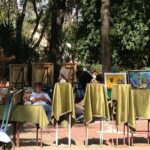
Nearest at 0.11 kms.

Nearest at 0.11 kms.
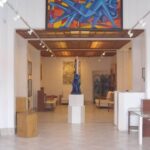
Nearest at 0.31 kms.
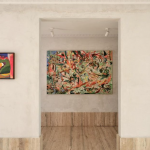
A newly created space for an outstanding collection of postwar abstract works by women artists . . .
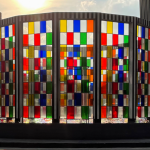
An impressive contemporary art museum in an inspiring context . . .
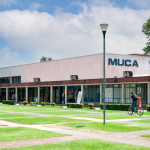
One of the UNAM's best loved and most central art museums . . .

The National Art Museum in Mexico City's Centro Histórico is always going to be a holiday highlight.
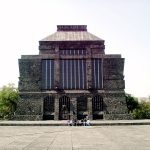
Initially intended as but one part of a City of the Arts, today's Anahuacalli Museum is a far more contemporary space than you might imagine.